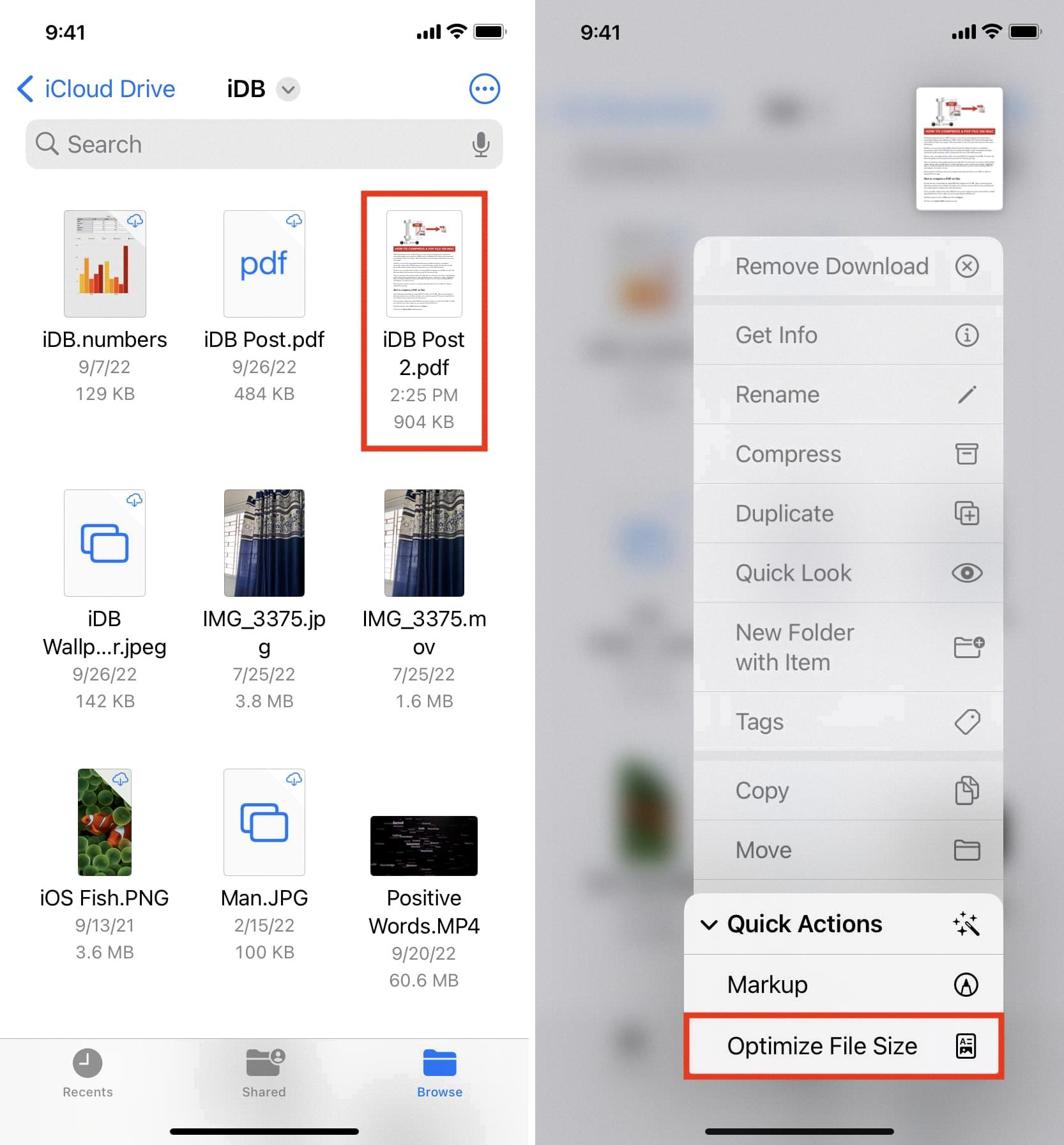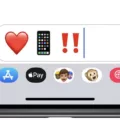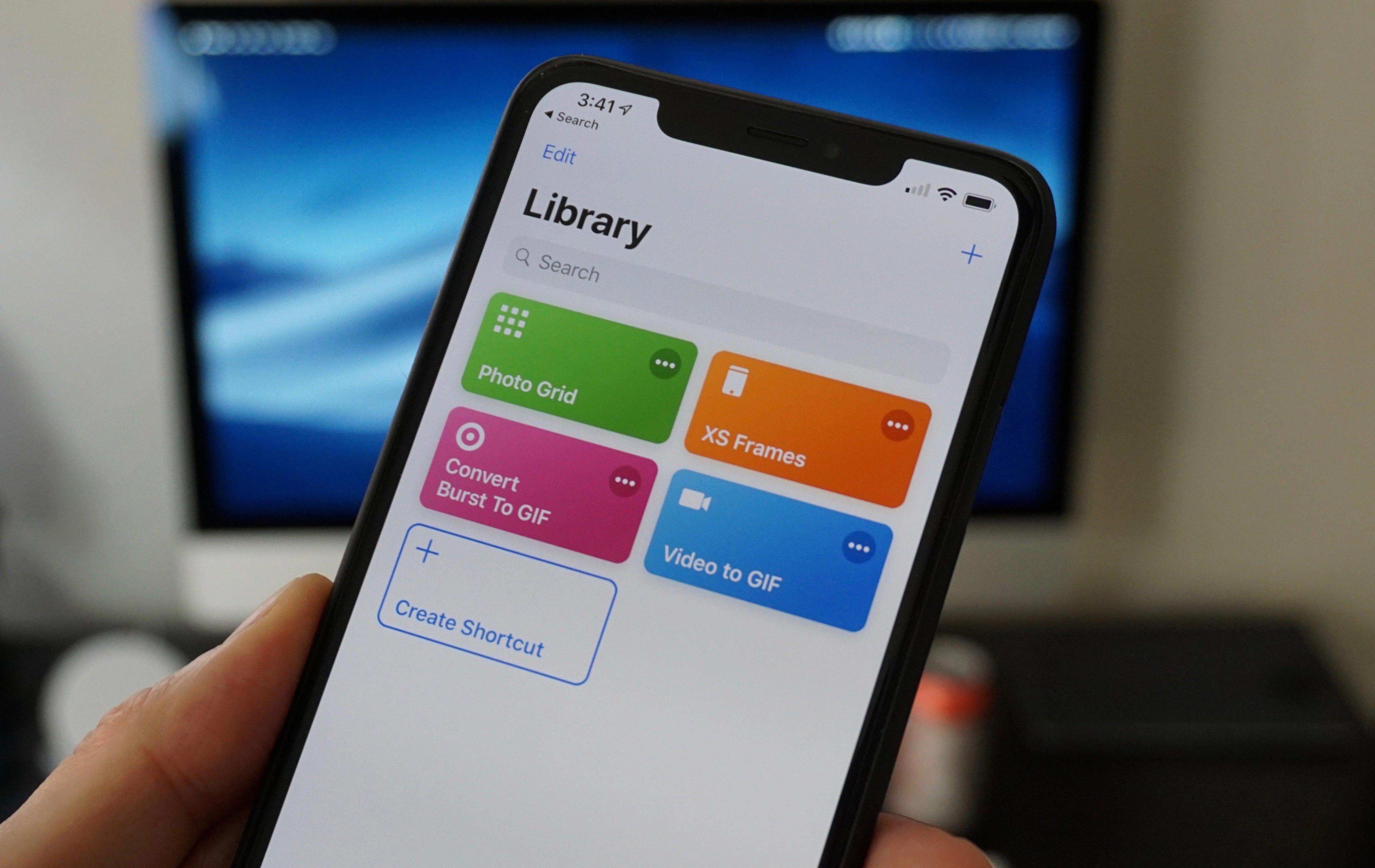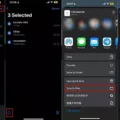PDF files are a popular format for sharing documents because they preserve the formatting and layout regardless of the device or operating system being used. However, large PDF files can be cumbersome to share or upload, especially on mobile devices like iPhones. In this article, we will explore the concept of PDF file size and provide step-by-step instructions on how to reduce the size of PDF files on an iPhone.
PDF file size refers to the amount of storage space a PDF file occupies on a device or a storage medium. The size of a PDF file is typically measured in megabytes (MB) or kilobytes (KB). The size of a PDF file can vary depending on various factors such as the number of pages, quality of images, embedded fonts, and other elements within the document.
Reducing the size of a PDF file can be beneficial in several ways. It allows for easier sharing via email or other messaging platforms, faster uploading or downloading on the internet, and it helps to save storage space on your device. There are several methods you can use to reduce the size of a PDF file on an iPhone. Let’s explore them below.
1. Use the Adobe Acrobat app:
– Download and install the Adobe Acrobat app from the App Store.
– Open the app and tap on the PDF file you want to reduce the size of.
– Tap on the Share button, usually represented by a square with an arrow pointing up.
– Scroll through the bottom row of options and tap on “Reduce File Size.”
– Wait for the app to compress the PDF file, and then tap on “Save File.”
2. Use a third-party app:
– There are several third-party apps available on the App Store that specialize in reducing PDF file size. Examples include “PDF Compressor” and “PDF Squeezer.”
– Download and install the app of your choice from the App Store.
– Open the app and import the PDF file you want to compress.
– Follow the on-screen instructions to reduce the file size, which may vary depending on the app you are using.
– Save the compressed PDF file to your device.
3. Use online PDF compression tools:
– If you prefer not to install any additional apps on your iPhone, you can use online PDF compression tools directly from your mobile browser.
– Open your preferred web browser on your iPhone.
– Search for “online PDF compressor” to find various options.
– Choose a reputable online tool and navigate to their website.
– Upload the PDF file you want to compress, following the instructions provided on the website.
– Select the compression settings, if available, and initiate the compression process.
– Download the compressed PDF file to your iPhone.
By following these methods, you can easily reduce the size of PDF files on your iPhone. Remember to consider the trade-off between file size reduction and the quality of the document. Sometimes, reducing the file size too much can result in lowered image quality or loss of important details. Experiment with different compression options to find the right balance for your needs.
Reducing PDF file size on an iPhone is essential for efficient sharing and storage. Whether you choose to use apps like Adobe Acrobat or third-party apps, or opt for online compression tools, the process can be simple and effective. By taking advantage of these methods, you can easily manage and share PDF files on your iPhone without compromising on quality.
How Do You Reduce the Size of a PDF On Your Phone?
To reduce the size of a PDF on your Android phone, you can utilize the Adobe Acrobat online PDF compressor. This tool is accessible through your mobile browser, providing convenience and flexibility wherever you are. By following these steps, you can easily decrease the file size of your PDF:
1. Open your mobile browser on your Android phone.
2. Access the Adobe Acrobat online PDF compressor tool.
3. Once the tool opens, click on the “Choose File” or “Select File” button.
4. Locate and select the PDF file you want to reduce in size from your phone’s storage.
5. After selecting the file, the compression process will begin automatically. Please note that the time taken for compression will depend on the size of your PDF and your internet connection speed.
6. Once the compression is complete, you will be provided with a download link to obtain the reduced PDF file.
7. Click on the download link to save the compressed PDF file to your Android phone.
8. You can now access the reduced PDF file, which should have a smaller file size compared to the original.
By following these steps, you can effectively reduce the size of a PDF file on your Android phone using the Adobe Acrobat online PDF compressor.

How Do You Reduce File Size on iPhone?
To reduce file size on your iPhone, you can follow these steps:
1. Open the Settings app on your iPhone.
2. Scroll down and tap on Camera.
3. In the Camera settings, you will find an option called Formats. Tap on it.
4. You will see two options: High Efficiency and Most Compatible.
5. By default, your iPhone is set to save photos in High Efficiency format, which uses HEIC compression to reduce file size while maintaining image quality.
6. If you want to continue saving photos in HEIC format, simply leave it as it is. This will ensure that all subsequent photos are saved with reduced file size.
7. However, if you prefer to save photos in a more universally compatible format, you can choose the Most Compatible option. This will save photos in JPEG format, which may result in slightly larger file sizes compared to HEIC.
8. Once you have selected your preferred format, you can exit the Settings app.
9. From now on, all the photos you capture on your iPhone will be saved in the chosen format, either HEIC or JPEG, with a reduced file size.
By following these steps, you can effectively reduce the file size of your photos on your iPhone, allowing you to save storage space and easily share or transfer your images.
How Do You Reduce the MB Size of a PDF File?
To reduce the file size of a PDF, there are several methods you can employ. One simple approach is to use Adobe Acrobat, particularly the latest version. Follow these steps:
1. Open the PDF file you want to reduce in Adobe Acrobat.
2. Go to the “File” menu and select “Save as Other.”
3. Choose the option “Reduced Size PDF.”
By selecting this option, Adobe Acrobat will automatically analyze your PDF and apply various compression techniques to reduce its size. This process typically involves removing unnecessary elements, such as embedded fonts or duplicate images, while still maintaining the overall quality of the document.
If you prefer to use a different software or online tool, there are various alternatives available. These tools often offer similar features and allow you to achieve a smaller file size without significant quality loss. Some popular options include:
1. Smallpdf: This online platform offers a range of PDF tools, including a compression feature. Simply upload your PDF file, let Smallpdf compress it, and then download the reduced version.
2. Adobe Acrobat Online: Adobe also provides an online version of Acrobat, which includes a compression feature. Similar to Smallpdf, you can upload your file, compress it, and save the smaller PDF.
3. Third-party software: Numerous third-party software applications offer PDF compression capabilities. Examples include Nitro PDF, Foxit PhantomPDF, and PDF Compressor. These tools typically provide additional customization options, allowing you to fine-tune the compression settings according to your preferences.
When using any compression method, keep in mind that reducing the file size may result in a slight decrease in image or text quality. Therefore, it’s important to strike a balance between file size and the legibility of the content. Additionally, always make sure to keep a backup of the original PDF file in case you need it later.
How Do You Reduce the Size of a PDF File So You Can Email It?
To reduce the size of a PDF file so that it can be emailed, you can follow these steps:
1. Open the Word document that you want to save as a PDF.
2. Click on the “File” tab at the top left corner of the screen.
3. In the drop-down menu, select the “Save As” option.
4. Choose the location where you want to save the PDF file.
5. In the “Save As” dialog box, select “PDF” from the list of available file types.
6. Click on the “Options” button, which is located next to the “Save” button.
7. In the “Options” dialog box, you will see a section called “Publish what.” Make sure that the “Document” option is selected.
8. Under the “Optimize for” section, select “Minimum size” from the drop-down menu. This will optimize the PDF file for a smaller size.
9. Click on the “OK” button to close the “Options” dialog box.
10. click on the “Save” button to save the Word document as a PDF file.
By following these steps, you will be able to save the PDF file in a smaller size, making it easier to email. However, if the file is still too big to email, you can further compress the PDF file using a dedicated PDF program like Wondershare PDFelement – PDF Editor. This program allows you to reduce the size of the PDF file without compromising its quality.
Conclusion
Reducing the size of a PDF file is crucial for various reasons. It helps to optimize storage space, enables faster transmission and sharing of files, and ensures compatibility with different devices and platforms. There are several methods available to reduce the size of a PDF file, including using online compressors or specific software like Adobe Acrobat. Additionally, you can also save Word documents as PDF files in a smaller size by selecting the “Minimum size” option during the saving process. By implementing these techniques, you can effectively reduce the size of your PDF files, making them more manageable and efficient for your needs.












